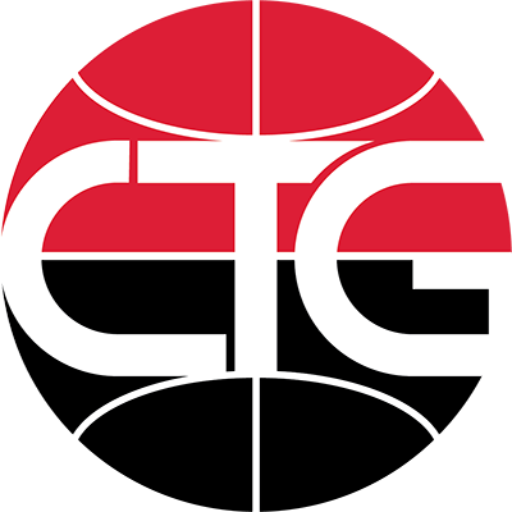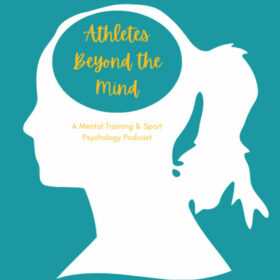One of the most overlooked areas of player development is stretching. Teams will dedicate time to stretch but athletes don’t always take advantage of it. Improving flexibility is important and can significantly help basketball players in a variety of ways.
- Agility
- Speed Training
- Athleticism & Vertical
- Foundation For Muscle Development
- Skill-Specific Range Of Motion
TYPES OF STRETCHES
Different stretches impact different parts of the body. Therefore, the incentive to stretch more should start by understanding why certain exercises have more value than others and how it leads to the development of being a better basketball player.
If there is little emphasis on the benefits or even on technique, athletes will have the tendency to think stretching is time-consuming or inconvenient. This mentality can lead to bad habits that might limit the potential for player development during skills training, or worse, can increase the likelihood of future injuries.
Develop a strong habit of stretching after waking up or getting ready to go to sleep. Remember, habits for highly effective basketball players starts with off-the-court decisions that produce on-the-floor results.
On our Tik Tok page is a playlist available – “Bedroom Basketball” – highlighting some of the best stretches for basketball players that can all be done at home and without spending a lot of time. Continue below to briefly read more about the different stretches that will help you understand how to create a quick and effective routine.
STATIC STRETCHING VS. DYNAMIC STRETCHING
This is simply a difference between moving or staying stationary. Static stretching is stationary.
View this post on Instagram
Each exercise looks to hold a muscle in a particular position and is often performed following an activity, such as skills training sessions, practices, or games. This is done to increase flexibility after a performance, in addition to allowing for a proper cooldown by reducing muscle pain and stiffness.
Dynamic stretching looks to activate the body with movement.
These exercises are usually included during warm-ups or pre-game activities to prepare the muscles and joints for an intensified workout. Ideally, athletes want to simulate similar movements that will be performed in a game. So, think of the type of plays that will be made in a basketball game and the muscles frequently used when considering which exercises are most suitable before playing.
LOWER BODY STRETCHES VS UPPER BODY STRETCHES
Basketball players use a lot of lower body muscles to perform. Some of the most notable game-like movements come from the hamstrings, hips, and calves. Here are some static and dynamic stretches that specifically target improvement for lower body flexibility:
- Activate Hamstrings (Dynamic)
- Hip Mobility (Static)
- Leaning Jump Ropes (Dynamic)
- Pretzel Stretch (Static)
- Lateral Explosiveness (Dynamic)
There might not be as many upper body demands in basketball, as say a football or even baseball player, however, areas such as the back, core, and arms are integral in basketball performance. It is also important to understand that the connectivity of flexibility in the lower body can impact the functionality of the upper body and vice versa. These are some good upper body exercises that can help basketball players:
- Lunge T-Spine Rotation (Dynamic)
- Breathe Training (Static)
- Crouching Arm Swings/Circles (Dynamic)
- Cobra & Downward Dog (Static)
- Wrist Circles (Dynamic)
BUILD A HABIT WITH 5-MINUTE ROUTINE
The final step is putting together a simple routine to develop a stronger habit of stretching.
Tune CTG Mindset Podcast: Athletes Beyond The Mind
* Journaling To Improve Mindset *
Before the next skills training session, or basketball practice come up with a dynamic stretching warm-up routine and list of static stretches to properly cool down after competing. Hopefully, the list of examples above can provide some guidance on the different types of stretches and how they can help basketball players improve their flexibility.
For more, CTG Hoops actively posts a variety of exercises on all of our social media platforms listed above.
KEY TAKEAWAYS FROM STRETCHES TO IMPROVE FLEXIBILITY
- Stretching is extremely important for skills training and basketball player development
- Start by understanding the difference between static and dynamic stretching
- Static Stretching (Stationary) vs. Dynamic (Moving) Stretching
- Lower Body vs Upper Body Stretches
- Use CTG Hoops & CTG Mindset to turn routine into a habit


